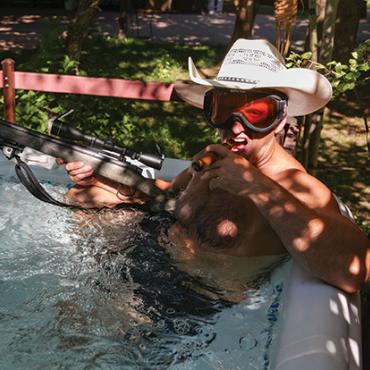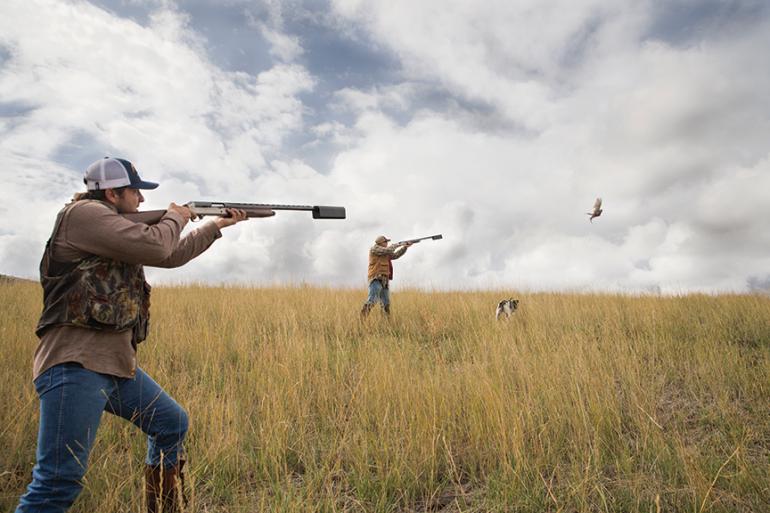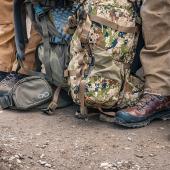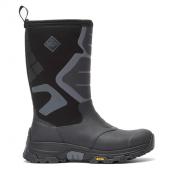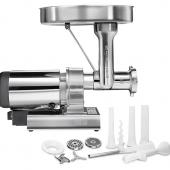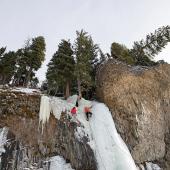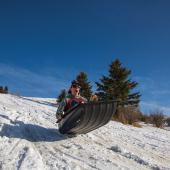Silent Spring
Suppressors aren't just for spies and assassins anymore.
A change is in the air. You may not hear it coming, but you’ll see it—at sporting-goods stores, gun shows, and shooting ranges around southwest Montana. And if our state follows the national pattern, you’ll soon see it out in the field, as well: long black tubes attached to the ends of gun barrels.
That’s right, a suppressor revolution is underway across America, and Montana is no exception. Three suppressor-related bills were introduced into the state legislature this year, designed to remove remaining restrictions on these increasingly popular sound-dampening devices. With sales skyrocketing and misconceptions steadily falling, the stage is set for Montana to join the 34 other states that allow hunting with suppressors.
Quiet Down, People
The report of a shotgun or high-powered rifle slams into the ear canal at roughly 160 decibels. That’s equivalent to a jet engine at take-off, which at point-blank range can rupture the eardrum. A good suppressor knocks off about 25 decibels—still louder than a chainsaw, but much safer for the ear, especially when broken into short bursts.
“Guns don’t have to be so loud,” says Josh Waldron, CEO of SilencerCo, a suppressor manufacturer based in Utah. “As consumers, we demand quieter cars, vacuum cleaners, all sorts of things… why should guns be any different?” Waldron is a sportsman and former photographer whose father, a longtime recreational shooter, is losing his hearing. “He’s got tinnitus, a constant ringing in the ear. I’m also a musician… I can’t let that happen to me. So I started making suppressors.”
That was six years ago. Now, with 10 different models, SilencerCo is part of a booming suppressor industry that accounts for over half a million sales per year. Indeed, with technology constantly improving, and costs coming down, suppressors are quietly shooting toward the mainstream.
Which is good news for hunters. Everyone has forgotten to bring hearing protection to the range and nobody likes to hear the forest erupt with gunfire on opening day. And what elk- or deer-hunter hasn’t had ringing ears for two days after his partner took a sudden shot? This is where a simple change in perspective comes in, says Waldron. “In most other developed countries,” he explains, “hunting without a suppressor is considered rude.”
Improving the Experience
“Most hunters don’t wear hearing protection,” says Knox Williams of the American Suppressor Association, “because they need to hear what’s going on around them.” Creeping through the woods, listening for game, communicating with hunting partners—all this requires unobstructed aural passages. But rifle and shotgun blasts gradually take their toll. Statistics show that 80% of all hunters suffer some level of hearing loss. “Hunting with suppressors changes that,” says Williams. “You can maintain complete auditory situational awareness without damaging your hearing.”
And suppressed guns protect more than hunters’ ears. “There’s less impact on wildlife,” Williams explains, as well as on hikers and other nonhunters who share the same landscape in the fall. Less noise pollution, Williams points out, creates a better experience for everyone.
Suppressors also reduce recoil, preventing the anticipatory flinch that often comes when shooting large-caliber rifles—especially with inexperienced shooters. “That means increased accuracy,” says Williams, “which leads to cleaner, more humane kills.” Less muzzle rise also allows faster target acquisition and improved placement with follow-on shots. Overall, says Williams, hunting with suppressors results in a “much safer, more ethical, and more enjoyable hunting experience.”
Myth & Misconception
For most folks, a suppressor is something they’ve only seen in the movies, used by spies and assassins to surreptitiously kill people—which is one reason opposition still exists, both in government and among the populace. “Hollywood has created a false image,” says Williams. “Suppressors don’t silence a gun; they just bring the sound down to a safe level.”
Still, perception is reality, and for suppressors to receive full acceptance, a few more barriers need to fall. One is the concern that suppressed rifles will result in increased poaching, as hunters can more easily conceal illicit activities like trespassing or shooting after dark. Nonsense, says Williams. “No state that has legalized suppressor-hunting has seen an increase in poaching. They’re simply not being used for nefarious purposes.”
But like habits, old opinions die hard. “Most of the opposition is based on misconception,” says Williams. “A lot of what we do is education.” That education seems to be working, though, as more states come on board, and more people see the value in suppressor-hunting. It takes time, Williams says, but “as we show them what the real experience with suppressors is, we see a massive change of perception.”
Ear-Friendly Future
With changing perceptions and increasing sales, the future looks bright for suppressors—and shooters’ hearing. The tide has already turned, says Williams, and it’s simply a matter of time before suppressors become a common firearm accessory. What remains is dismantling the legal hurdles and fees. Due to what he calls an “ill-conceived” 1934 law, there’s currently a $200 tax per item, a formal application process to transfer a suppressor from the manufacturer to the consumer, and a lengthy waiting period.
Which is where local firearms dealers come in. Bob Ward’s and Powder Horn both offer suppressor transfers, as do small specialty shops like Bozeman Tactical. Tyler Merica, who co-owns Diverse Capabilities, a Class II dealer and specialty armorer based in Bozeman, takes particular pleasure in “lowering the level of confusion” involved in suppressor ownership. For a small fee, he guides customers through the process, explains the various options, and files all the necessary paperwork. He also helps them pick out a suppressor that’s best suited to their needs. Lately he’s been inundated with inquiries. “I bet I’ve transferred 20 suppressors,” he says. “The market’s clearly increasing.”
As more people get on board, things are getting easier. There’s more information online, more inventory in display cases, and more suppressors being used at the range—all of which increases demand. Which Merica thinks is great. “Awareness has really gone up in recent years,” he says. “And because of it, we’re seeing a huge increase in hearing-safe shooting.”
Suppressor Support
For an informative overview of suppressors in America, visit the SilencerCo website (silencerco.com) and click on “Are Silencers Legal?” You can also purchase a gun trust on their site, which simplifies the application process and prevents future transfer fees.
With over 60 models in stock, Montana Tactical (montanatactical.com) on Gooch Hill Rd. has the largest selection of suppressors in the state.
Montana-based EliteIron (eliteiron.com) manufactures a wide range of suppressors for both hunting and recreational shooting.
The website of the Montana Legislature (leg.mt.gov) allows you to track the progress of suppressor-related legislation.
The Montana Fish, Wildlife & Parks website (fwp.mt.gov) outlines suppressor-hunting rules and regulations.

